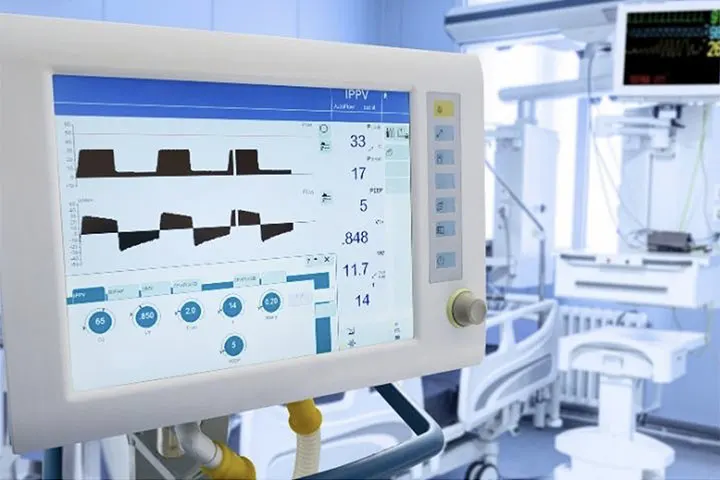Common Complications Associated With Mechanical Ventilators

A human being can hold their breath for approximately three minutes without suffering harm. Afterward, permanent brain damage begins to set in, followed by death. Mechanical ventilation creates a protective barrier between patients and this terrifying fate. However, if not used properly, they can potentially pose other risks. These are some of the common complications associated with mechanical ventilation.
Ventilator-Associated Pneumonia (VAP)
Pneumonia is one of the most common nosocomial diseases, and patients often contract it through ventilators. This typically occurs when bacteria enter the ventilation system and, from there, a patient’s lungs. One of the best ways to prevent VAP is to target endotracheal tube colonization by practicing regular subglottic suctioning and utilizing antimicrobial-coated endotracheal tubes.
Ventilator-Induced and Associated Lung Injuries (VILI and VALI)
Imagining our lungs filling with air and then emptying of air is similar to imagining the waterskins that travelers used to carry. If one tried to fill a skin with too much water too quickly, it could become damaged. The same is true for our lungs and air. If a hospital chooses the incorrect ventilator mode, it can injure the lungs, leading to a ventilator-induced or associated lung injury.
Common conditions of this nature include:
- Pulmonary Barotrauma: An injury caused by air entering the pleural space around the lungs, disrupting the air pressure and preventing them from inflating. This leads to alveolar rupture or traumatic pneumothorax.
- Pulmonary edema: A build-up of fluid in the lungs that enters the air sacs, causing shortness of breath.
- Hypoxemia: Below-normal oxygen levels in the blood, often associated with lung damage.
As mentioned, lung injuries inflicted and associated with ventilators are often caused by improper mode selection. Because of this, proper mode selection is a common prevention method. Low tidal volume and moderate positive end-expiratory pressure can both protect the lungs.
Bronchopleural Fistula
Although typically associated with lung cancer surgery, bronchopleural fistula is also a complication associated with mechanical ventilation. This condition involves an abnormal passageway opening between the bronchi and the pleural space. It causes fever, cough, shortness of breath, and fluid and blood entering the lungs. Choosing ventilator modes that promote spontaneous breathing will prevent the development of bronchopleural fistula.
In any medical treatment, complications are a possibility, and the same is true of ventilators. However, with proper use, hospitals can avoid these issues. That’s why we provide guidance on all our respiratory equipment to ensure patients are kept safe.
